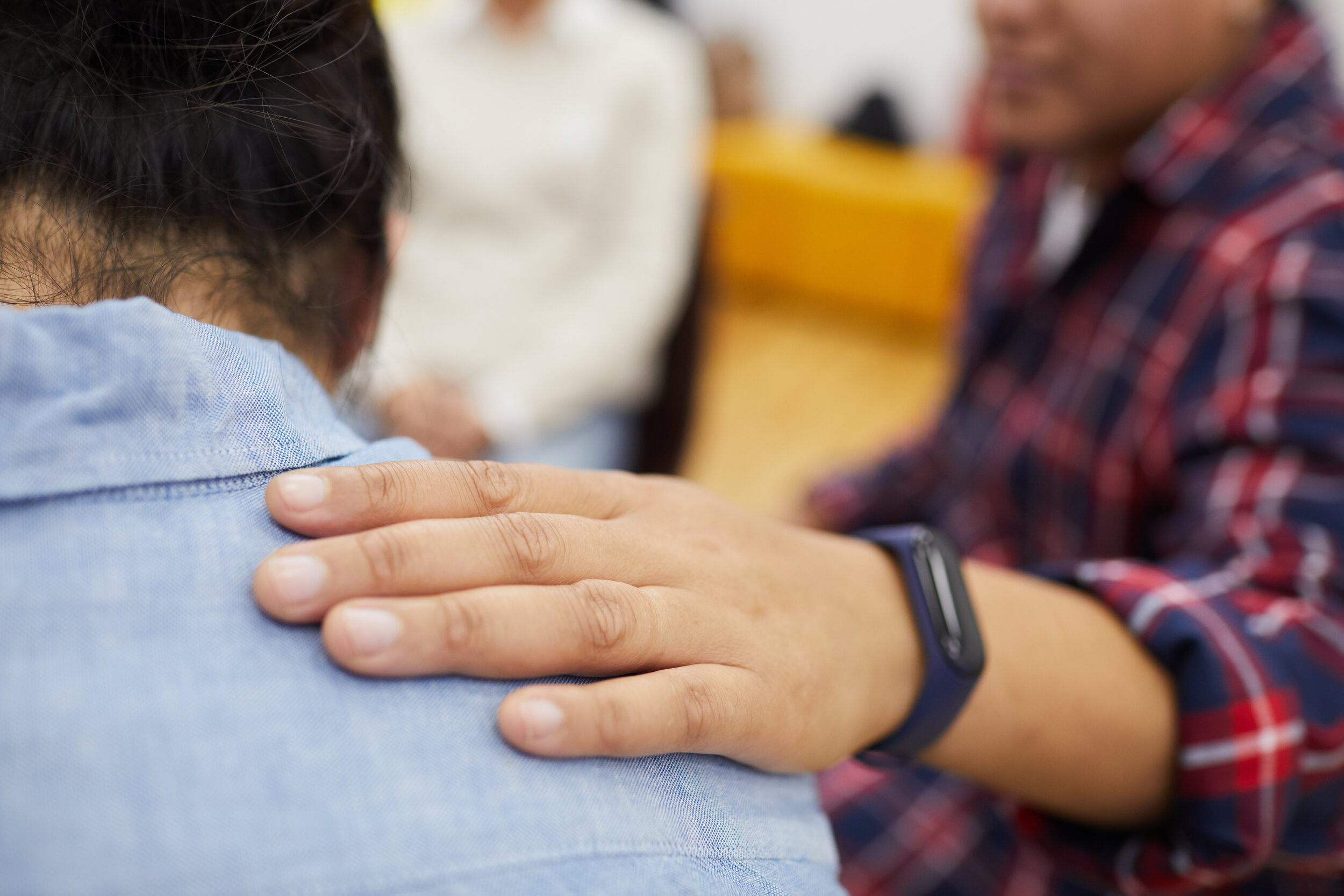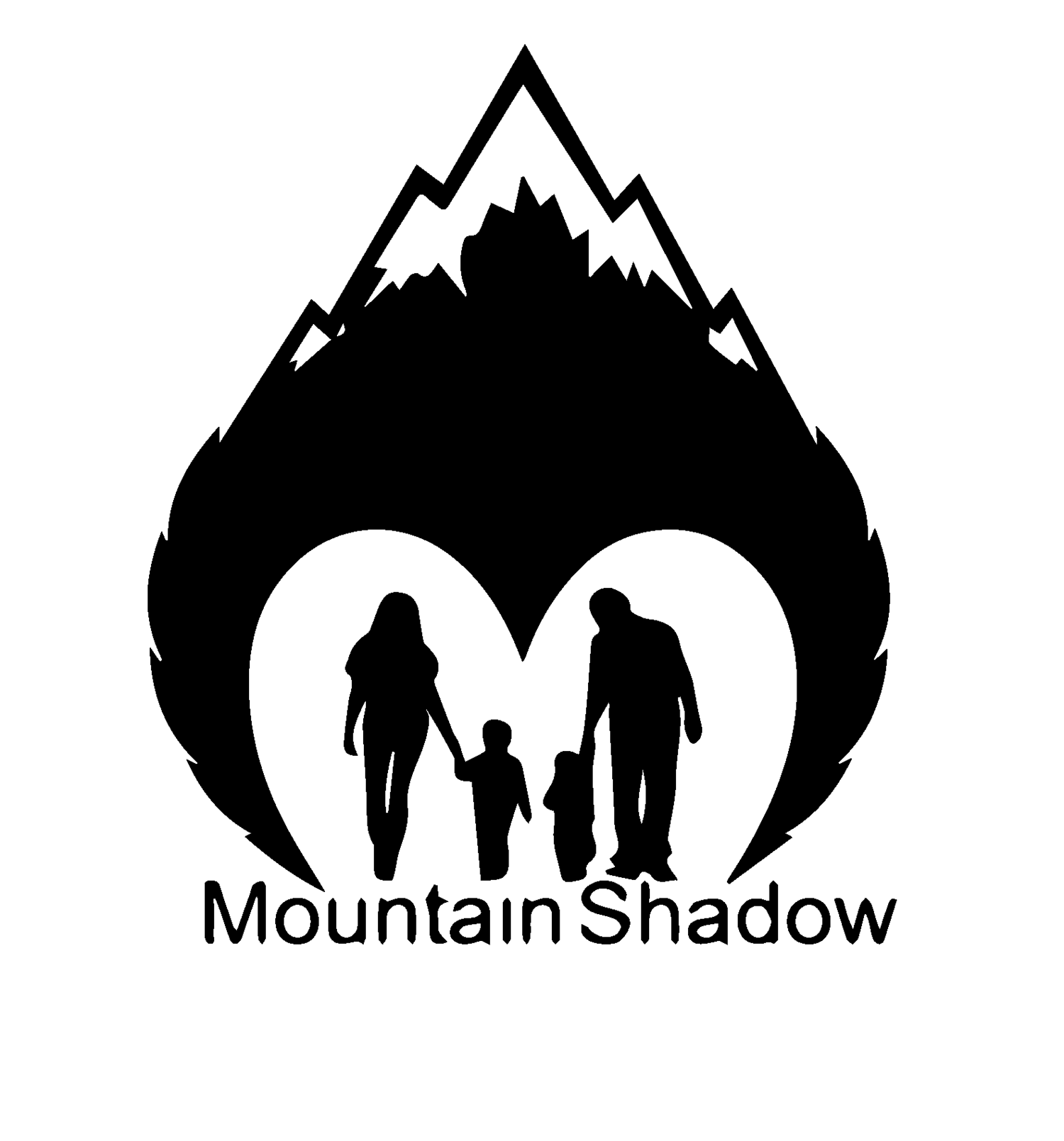
Restorative Justice
In Montana, Native American people constitute 6% of state residents, but 25% of people in jail and 22% of people in prison. Native American people are incarcerated in Montana at 5.1 times the rate of non-Natives. Sexual offenders (all races combined) in Montana reoffend 89% of the time, while indigenous restorative justice programs like the First Nations program in Hallow Water have a recidivism rate of 2%.
Why the disparities? What are we going to do about it?
Sometimes our clients have encountered the court system. Rather than employing traditional sentences of jail time, fines, and child removal which engender trauma, isolation, and shame, Restorative Relational Justice asks offenders to return to their communities, submit to accountability within their families and clans, and work out solutions that heal relationships and clean up the messes that were made. People who work through their crimes in a manner responsive to all those affected by what has been done reoffend at extremely low rates because they come to understand their place in the world and that simply being removed from it doesn’t make things right again. Relational justice also reintroduces people to an Apsaalooke culture of honor and family connection.
